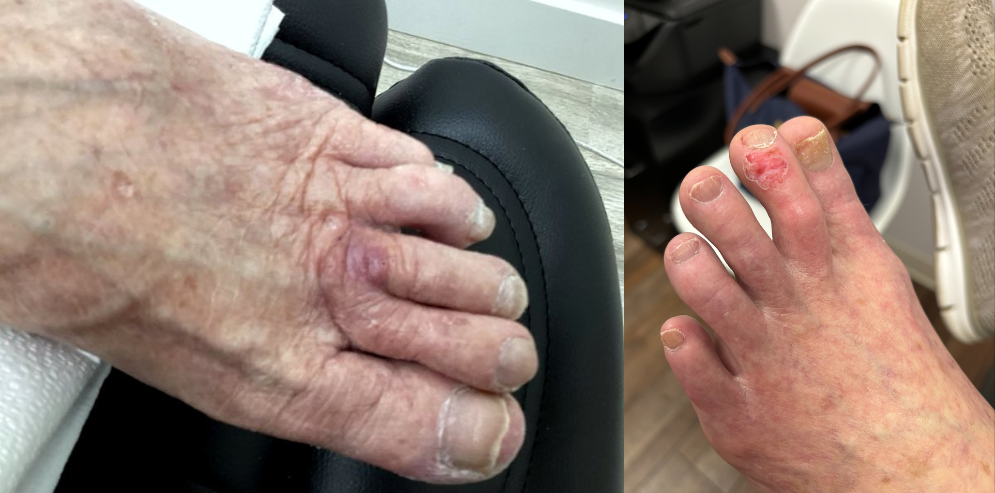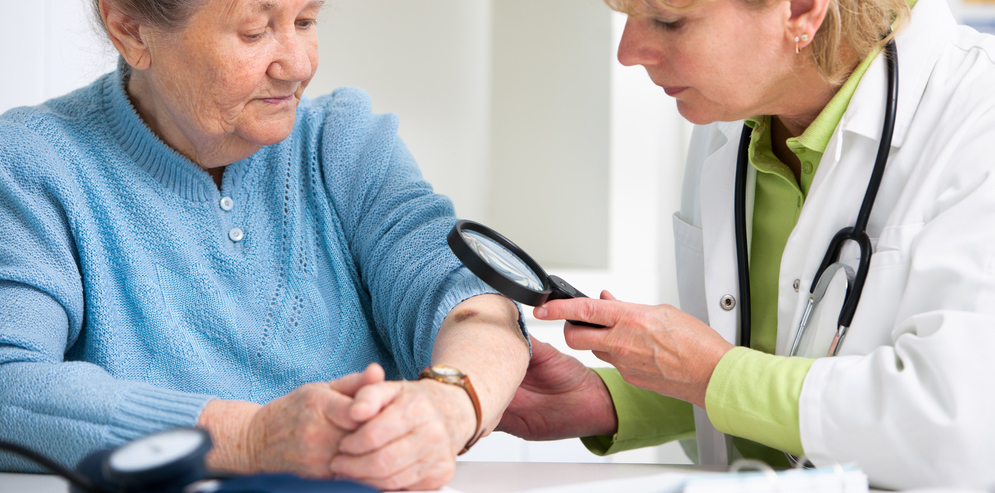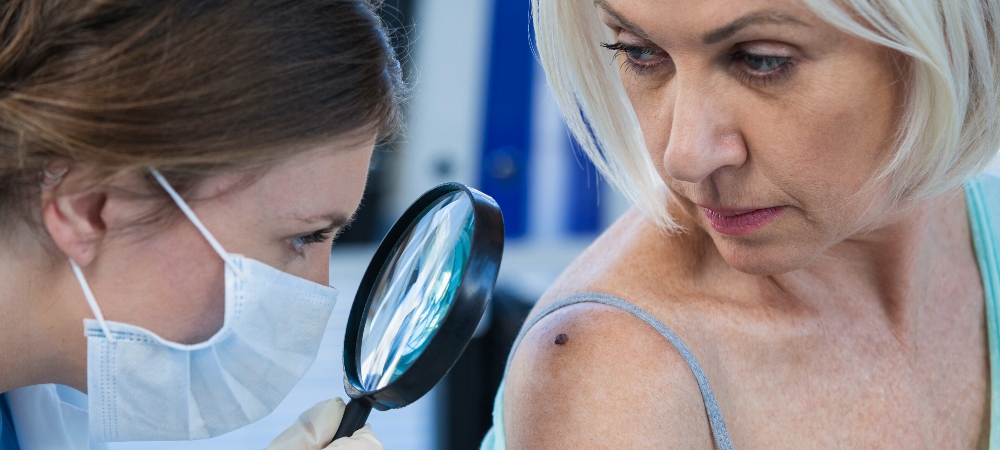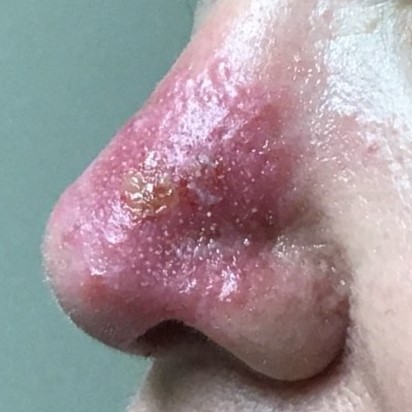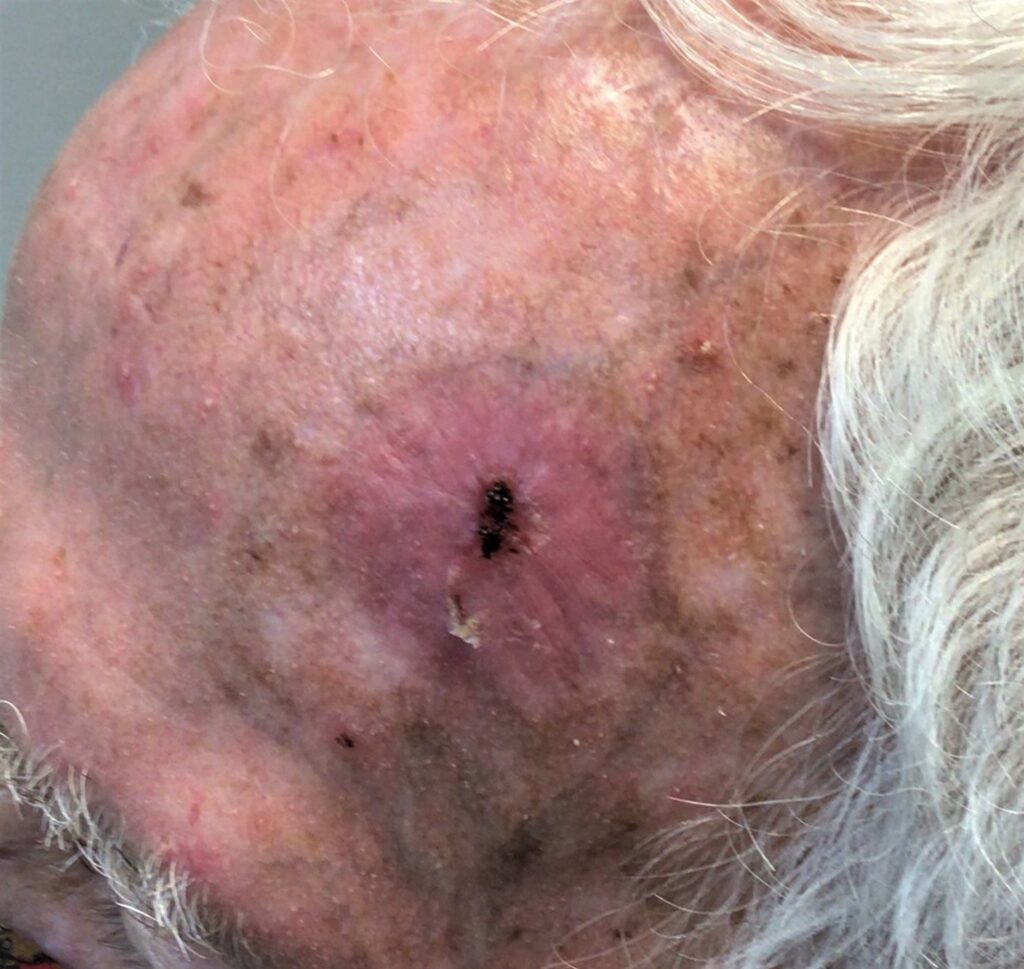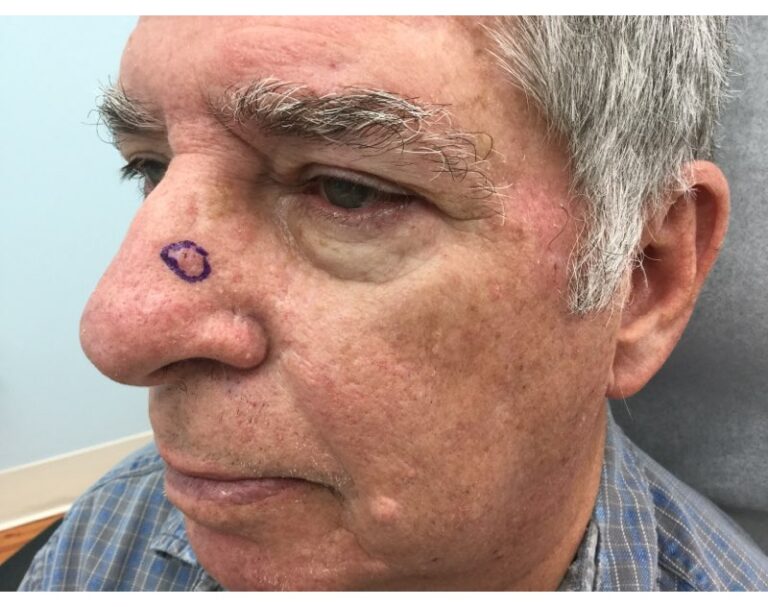
Skin cancer often develops on areas of the skin where it is easily detectable, making it easier to diagnose early on than other types of cancer. The earlier a cancerous skin spot is detected, the sooner you can treat it and the higher your chances are of curing it. What are the warning signs of skin cancer? You can follow a method called the ‘ABCDE method’ to help determine if a blemish is a cause for concern. Learn how to use the ABCDE method to detect early signs of cancer on skin, below.
Know the Early Signs of Cancer On Skin
Most individuals are familiar with the various moles and freckles on their skin, many of which have probably existed since they were young. You might even be using a skin cancer app to help track these spots. The first indicator of skin cancer is usually a brand-new spot on the skin, or a change in the size, shape, and color of a pre-existing spot.
Here’s how you can use the ABCDE method to examine a new or changing mole or blemish on your skin and determine if it should be seen by a doctor:
- Asymmetry: Does the mole have an irregular shape?
- Border: Are the edges of the spot uneven or notched?
- Color: Is the coloring of the mole uneven, or does it have noticeably darker spots within it?
- Diameter: Is the spot larger in diameter than a standard pencil eraser?
- Evolving or Elevation: Has the size, shape, or texture of the blemish changed over time? Is the spot raised above the skin?
If you can answer “yes” to one or more of the points above, don’t delay scheduling an appointment with a licensed dermatologist. Some skin spots may appear to be problematic but are actually healthy, while others might appear only slightly off but turn out to be cancerous. No matter the case, your essential first step is to have a discussion with your doctor.
Skin Cancer Early Symptoms
The three most common types of skin cancer are basal cell skin cancer, squamous cell skin cancer, and melanoma. Here are the early skin cancer symptoms for each type:
Basal Cell Skin Cancer
Basal cell skin cancer is the most common type of skin cancer. About 5.4 million basal cell and squamous cell skin cancers are diagnosed each year in the U.S., and about 8 out of 10 of those cases are basal cell cancers. Symptoms of basal cell skin cancer include:
- A shiny, skin-colored bump that’s translucent and may bleed or scab over
- A brown, black, or blue lesion (sometimes with dark spots) with a slightly raised and translucent border
- A flat, scaly patch with a raised edge that can grow larger over time
- A white, waxy, scar-like lesion that doesn’t have a clearly defined border
Squamous Cell Skin Cancer
Squamous cell skin cancer is less common than basal cell. About 2 out of 10 skin cancers are squamous cell skin cancer. While less common than basal cell, this type of cancer is more likely to grow into deeper layers of the skin and become invasive. Symptoms include:
- A firm, red nodule
- A flat sore with a scaly crust
- A that’s new or a raised area on an old scar or ulcer
- A rough, scaly patch on the lip that may turn into an open sore
Melanoma
Early signs of melanoma often include:
- A change in an existing mole
- A new pigmented or abnormal growth on your skin
Keep in mind that melanoma doesn’t always start out as a mole; it can appear on areas of the skin with no moles at all. Hidden melanomas can also develop in areas most people wouldn’t think to check, such as in the mouth, under the nail, in the eye, or in another location of the body where a melanoma would be hard to spot.
Other Signs of Skin Cancer
The ABCDE method is great for detecting early signs of cancer on skin, but there are other symptoms you should look for that may point to a cancerous spot that is more advanced in its development. These symptoms include:
- A sore that never heals
- Darker pigment, redness, or swelling that has spread outside the border of a blemish into the surrounding skin
- A spot that is itchy, tender, or causes general pain
- A pre-existing mole that exhibits changes in texture or is presenting with scales, discharge, or bleeding
- Blurred vision, partial loss of sight, or dark spots in the iris of the eye
Final Tips
- Skin cancer symptoms can vary between individuals, and skin cancer doesn’t always develop from a new or existing mole. If you notice any new spot on your skin, whether it is flesh-colored or an abnormal shade like pink or red, it is important to see a doctor for a professional opinion.
- While skin cancer often develops on high points of the body that see the most sun exposure, it is also possible for it to develop on more obscure parts, so it’s important to have regular full body screenings if you are someone who is at a higher risk of skin cancer.
Next Steps
Annually, some 9,500 people across the U.S. are diagnosed every day with skin cancer. One out of every five Americans will experience skin cancer by the age of 70. Here at GentleCure™, we’re passionate about providing you with information on skin cancer prevention, detection, and treatment. The typical treatment for most common skin cancers is surgery, which may be painful, leave a scar, and limit daily activity. Advancements in technology mean there is now a surgery-free approach to skin cancer treatment with effective results.
If you’ve been diagnosed with basal cell or squamous cell skin cancer, please contact a Skin Cancer Information Specialist at 855-936-4411 for more information or visit our Image-Guided SRT locations page to find a dermatologist that offers Image-Guided SRT.
